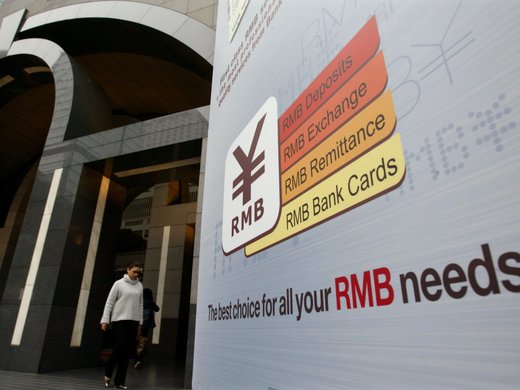The authors analyze the motives for China’s special drawing rights (SDRs) campaign. They argue that the campaign was a strategy with significant risks employed by the champions of financial liberalization in China to force the pace of reform. However, external liberalization does not automatically weaken the influence of domestic interests resisting reform. When resistance is intense, the liberalization of cross-border financial flows can remain out in front of accompanying reforms of domestic financial governance and regulation. The result can be volatile capital movements with destabilizing financial consequences.
Shedding light on the motives behind the campaign requires placing the SDR issue in the context of Chinese economic reform. It requires relating the issue to changes in China’s international economic relations and analyzing Chinese officials’ approaches to managing those changes. And it requires placing the SDR in its historical context — acknowledging that China’s views of the SDR have a long history and understanding how those views have evolved over time — as this paper seeks to do.


